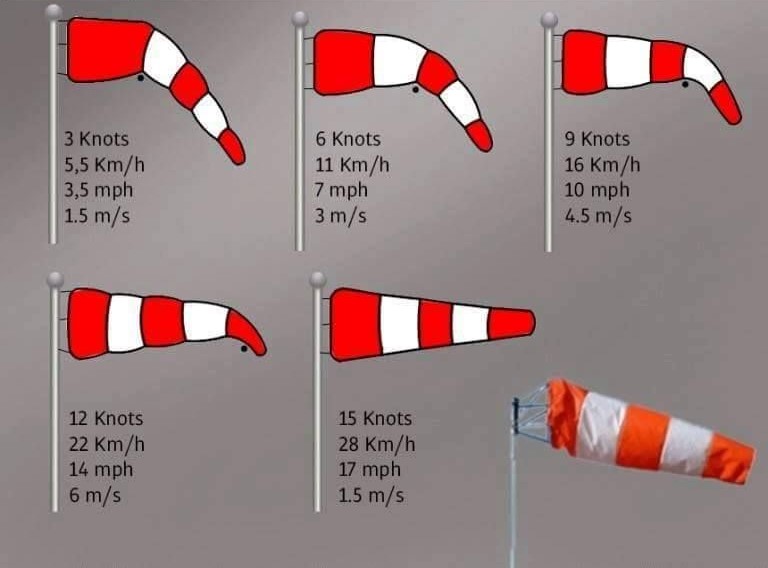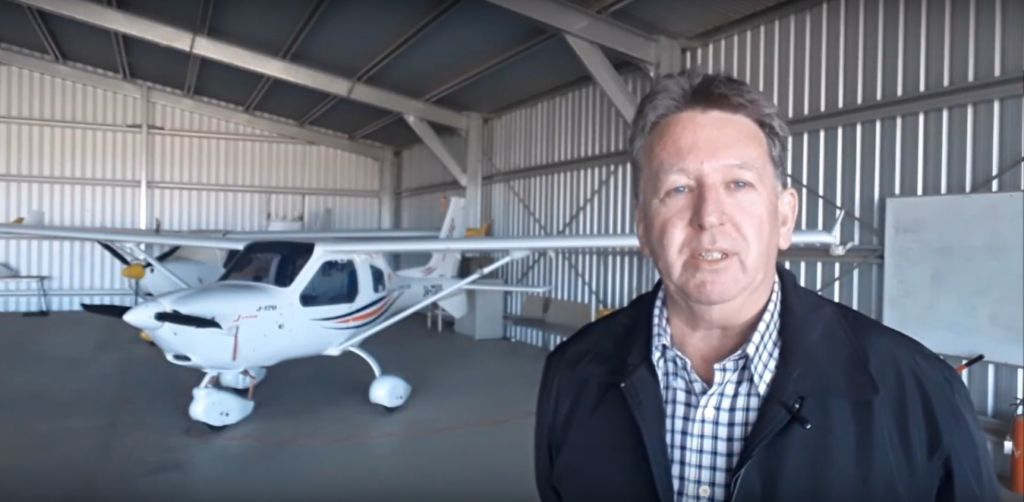Essential Mathematical Calculations for New Pilots in 2024/2025: A Complete Guide.

Flying an aircraft requires precision, especially when it comes to making the right calculations. As a new pilot, mastering some basic and advanced math skills is essential for accurate navigation, fuel management, and safety. While modern avionics can automate many tasks, it’s crucial to understand how to perform these calculations manually, both for certification exams and as a backup in case of equipment failure.
In this guide, we will break down the fundamental mathematical tasks a new pilot needs to know, with clear explanations and examples for each. We will also demonstrate how to perform these calculations using a built-in calculator.
- Joystick / HOTAS – AMAZON.com
- Rudder Pedals – AMAZON.com
- Throttle Quadrant – AMAZON.com
- Gaming Chair – AMAZON.com
- VR Headset – AMAZON.com
1. Calculating Ground Speed (GS)
What is Ground Speed?
Ground Speed (GS) is the actual speed of the aircraft over the Earth’s surface. It differs from the Indicated Airspeed (IAS) due to the influence of wind. A pilot needs to adjust their airspeed to account for wind direction and speed to get an accurate GS.

Formula:
[ GS = TAS + W_C ]
Where:
- TAS is True Airspeed (speed of the aircraft relative to the air mass).
- W_C is Wind Correction (positive if tailwind, negative if headwind).
Example:
Let’s say you’re flying at a True Airspeed (TAS) of 120 knots with a 20-knot headwind.
[ GS = 120 \, \text{knots} – 20 \, \text{knots} = 100 \, \text{knots} ]
Try it yourself:
- Input True Airspeed (TAS):
- Input Wind Correction (headwind/tailwind):
- Calculate Ground Speed (GS):
# Ground Speed Calculator
def ground_speed(tas, wind_correction):
return tas + wind_correction
tas = 120 # Example TAS in knots
wind_correction = -20 # Example wind correction (headwind = negative, tailwind = positive)
ground_speed(tas, wind_correction)2. Wind Correction Angle (WCA)
What is Wind Correction Angle?
The Wind Correction Angle (WCA) is the angle you need to correct your course to counter the effects of wind. This keeps you on your intended track.

Formula:
[ WCA = \arcsin\left( \frac{W_s \times \sin(W_d)}{TAS} \right) ]
Where:
- W_s is Wind Speed.
- W_d is Wind Direction relative to aircraft’s heading.
- TAS is True Airspeed.
Example:
Let’s assume:
- Wind Speed (Ws) = 30 knots
- Wind Direction (Wd) = 60° (relative to your heading)
- True Airspeed (TAS) = 100 knots
[ WCA = \arcsin\left( \frac{30 \times \sin(60^\circ)}{100} \right) ]
import math
# Wind Correction Angle Calculator
def wind_correction_angle(wind_speed, wind_direction, tas):
return math.degrees(math.asin((wind_speed * math.sin(math.radians(wind_direction))) / tas))
wind_speed = 30 # knots
wind_direction = 60 # degrees
tas = 100 # knots
wind_correction_angle(wind_speed, wind_direction, tas)3. Estimated Time of Arrival (ETA)
What is ETA?
Estimated Time of Arrival (ETA) helps pilots plan their flight and ensure timely arrival at their destination. It is calculated based on the distance to be traveled and the ground speed.

Formula:
[ ETA = \frac{Distance}{GS} ]
Where:
- Distance is the distance to your destination.
- GS is Ground Speed.
Example:
If your destination is 150 nautical miles away, and your Ground Speed (GS) is 120 knots:
[ ETA = \frac{150}{120} = 1.25 \, \text{hours} \, (1 \, \text{hour} \, 15 \, \text{minutes}) ]
# ETA Calculator
def eta(distance, ground_speed):
return distance / ground_speed
distance = 150 # nautical miles
ground_speed = 120 # knots
eta(distance, ground_speed)4. Fuel Consumption Calculation
What is Fuel Consumption?
Fuel consumption calculations ensure you have enough fuel to safely complete your flight with reserves. It’s based on your aircraft’s fuel burn rate and flight time.
Formula:
[ Fuel = Fuel_Burn_Rate \times Flight_Time ]
Example:
Assume your aircraft burns 10 gallons per hour, and your flight time is 2 hours.
[ Fuel = 10 \times 2 = 20 \, \text{gallons} ]
# Fuel Consumption Calculator
def fuel_consumption(fuel_burn_rate, flight_time):
return fuel_burn_rate * flight_time
fuel_burn_rate = 10 # gallons per hour
flight_time = 2 # hours
fuel_consumption(fuel_burn_rate, flight_time)- Latest CPU’s Available Now – Amazon.com
- Get a NEW GPU Best Performance – AMAZON.com
- Upgrade RAM Here today – AMAZON.com
- Prebuilt PC Options – AMAZON.com
5. Crosswind Component

What is Crosswind Component?
Crosswind component calculations are critical for safe takeoffs and landings. It determines the effect of wind blowing perpendicular to your flight path.
Formula:
[ Crosswind_Component = Wind_Speed \times \sin(Wind_Angle) ]
Where:
- Wind Angle is the angle between the wind direction and the runway heading.
Example:
If the wind is blowing at 25 knots at a 30° angle to the runway:
[ Crosswind_Component = 25 \times \sin(30^\circ) = 12.5 \, \text{knots} ]
# Crosswind Component Calculator
def crosswind_component(wind_speed, wind_angle):
return wind_speed * math.sin(math.radians(wind_angle))
wind_speed = 25 # knots
wind_angle = 30 # degrees
crosswind_component(wind_speed, wind_angle)6. Distance-Rate-Time Calculation
What is Distance-Rate-Time?
This calculation helps determine the relationship between speed, time, and distance. Pilots often use it to calculate how long it will take to travel a certain distance at a given speed.

Formula:
[ Distance = Speed \times Time ]
Alternatively:
[ Time = \frac{Distance}{Speed} ]
or:
[ Speed = \frac{Distance}{Time} ]
Example:
If you’re flying at 100 knots and you want to know how long it will take to cover 250 nautical miles:
[ Time = \frac{250}{100} = 2.5 \, \text{hours} ]
# Distance-Rate-Time Calculator
def distance_rate_time(distance, speed):
return distance / speed
distance = 250 # nautical miles
speed = 100 # knots
distance_rate_time(distance, speed)7. Rate of Climb or Descent

What is Rate of Climb/Descent?
Pilots calculate the rate of climb or descent to ensure they meet altitude restrictions during different phases of flight.
Formula:
[ ROC = \frac{Altitude_Change}{Time} ]
Example:
If you need to climb 5000 feet in 10 minutes:
[ ROC = \frac{5000}{10} = 500 \, \text{feet per minute (fpm)} ]
# Rate of Climb/Descent Calculator
def rate_of_climb(altitude_change, time):
return altitude_change / time
altitude_change = 5000 # feet
time = 10 # minutes
rate_of_climb(altitude_change, time)Conclusion
Mastering these calculations is essential for every new pilot. Although advanced avionics often handle these tasks automatically, knowing how to perform them manually ensures safety and accuracy, especially in unexpected situations. Practice these regularly to stay sharp and always carry a calculator or flight computer to assist with inflight calculations.
References:
- FAA Pilot’s Handbook of Aeronautical Knowledge: https://www.faa.gov/regulations_policies/handbooks_manuals/aviation/phak
- Airplane Flying Handbook: https://www.faa.gov/regulations_policies/handbooks_manuals/aviation/airplane_handbook
- Aeronautical Information Manual (AIM): https://www.faa.gov/air_traffic/publications/
Author

Brendon McAliece (Aka Gunnie) is a a military veteran with 23 years working on Jet Fighters, their weapons systems and ejection seat/module systems as well as munitions and R&D. Involved with flight simulation since the 1980s, he has flown all the major flight simulators over the years.
He is an Australian expat who has lived in Malaysia, UK, Saudi Arabia and more recently Thailand. He is a multi-lingual blogger who loves to share his life experiences here on LetsFlyVFR.com and DreamingGuitar.com, with his lifestyle and Travel experiences Blog plus his Dreaming Coffee website.
Learn More @
DreamingGuitar.com – DreamingCoffee.com – LetsFlyVFR.com
( HOME – BLOG – SHOP – ABOUT )
As an Amazon.com Affiliate I may Earn from associated sales.

One response to “Essential Mathematical Calculations for New Pilots in 2024/2025: A Complete Guide.”